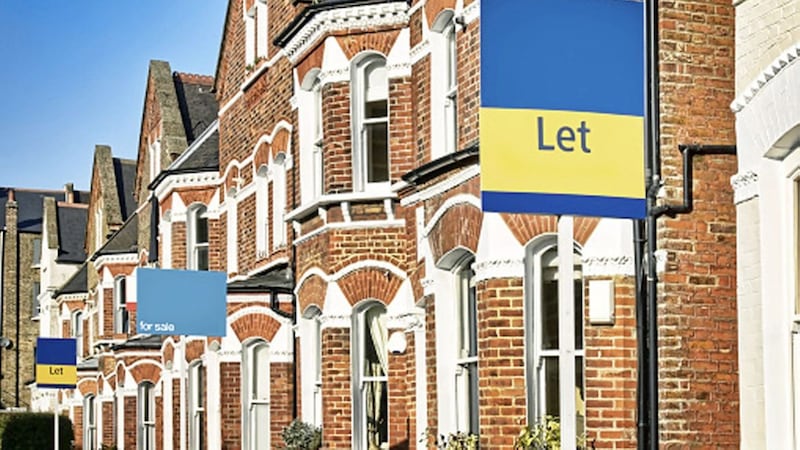QUESTION: The Labour and Conservative manifestos have revealed some surprises, some of which are particularly concerning for business owners and capital gains tax payers. What are some of the main tax changes proposed which may impact Northern Ireland entrepreneurs?
ANSWER: One of the greatest threats facing business owners after the UK general election this week is the anticipated disappearance of Entrepreneurs' Relief (ER).
Most owner-managers expect to qualify for ER when they sell their company, which effectively taxes their exit gain at a 10 per cent capital gains tax (CGT) rate, up to an overall lifetime ER gain limit of £10 million. Any gains in excess of the £10m ER threshold are taxed at the main CGT rate of 20 per cent.
Labour’s plan to axe ER, which could raise the tax business owners pay from 10 per cent to as much as 50 per cent when they sell their businesses, together with the Conservative’s promise to review and reform ER, has caused widespread alarm.
Both parties have suggested that ER is an overly generous tax relief and there is a belief by many commentators that changes to this tax relief is a low-risk option for each party in their challenge to raise much needed funds for new spending commitments.
Consequently, business owners hoping to sell their business in future years anxiously await the outcome of the election result, concerned that they may incur a tax bill of 50 per cent on future capital gains compared to current rules which allow them to sell their trading business at low tax rates of only 10 per cent for the first £10m of gain.
Some business owners have taken steps to lock in current tax rates now, in order to crystallise a CGT liability at 10 per cent under current rules, by accelerating the disposal of shares and restructuring their existing shareholdings or corporate ownership structures.
HMRC have the power to challenge such planning if they believe that it has been carried out primarily for the avoidance of tax. Owner-managers wanting to lock in lower tax rates, particularly those planning to sell a business in the next 12 to 24 months, are advised to consider the impact of each party’s key pledges.
Labour not only promises to abolish ER, they have also pledged to increase the main rate of corporation tax from 19 per cent to 26 per cent and the small profits rate to 21 percent. It also plans to remove the current 7.5 per cent tax rate on dividends, taxing it instead as income and completely removing the tax-free dividend allowance of £2,000.
With proposals to tax income exceeding £80,000 at 45 per cent and income over £125,000 at 50 per cent, those who extract funds from their company by way of dividends will need to reassess this planning strategy after the election also.
Whether ER will be abolished after this week’s election or whether it will survive in some form is yet unknown. There is also little clarity on the timing of the proposed changes.
But what we do know is that whichever party wins the general election, changes to Entrepreneurs’ Relief are afoot.
:: Janette Burns (j.burns@pkffpm.com) is associate tax director at PKF-FPM Accountants Limited (www.pkffpm.com). The advice in this column is specific to the facts surrounding the question posed. Neither the Irish News nor the contributors accept any liability for any direct or indirect loss arising from any reliance placed on replies.







